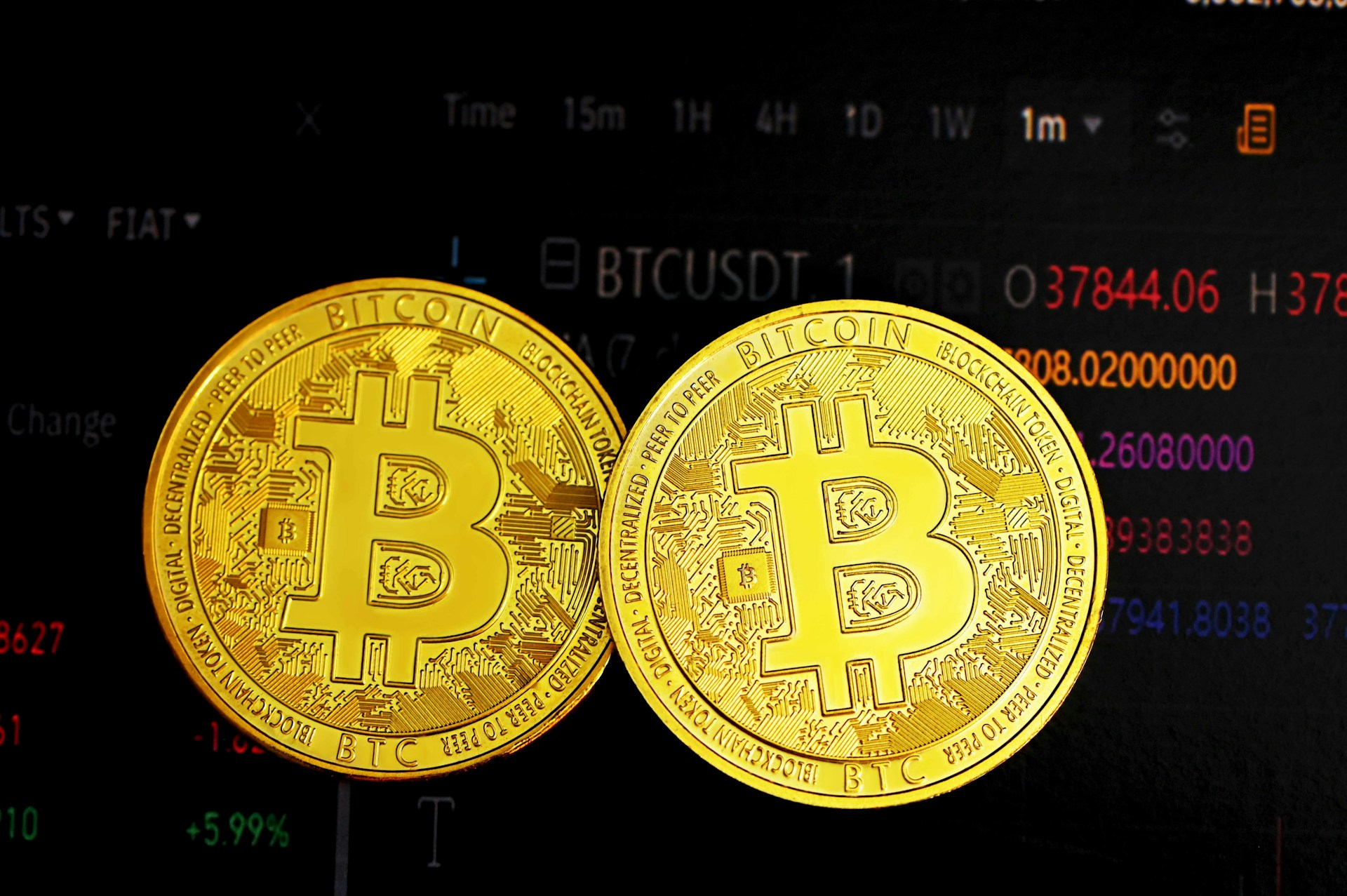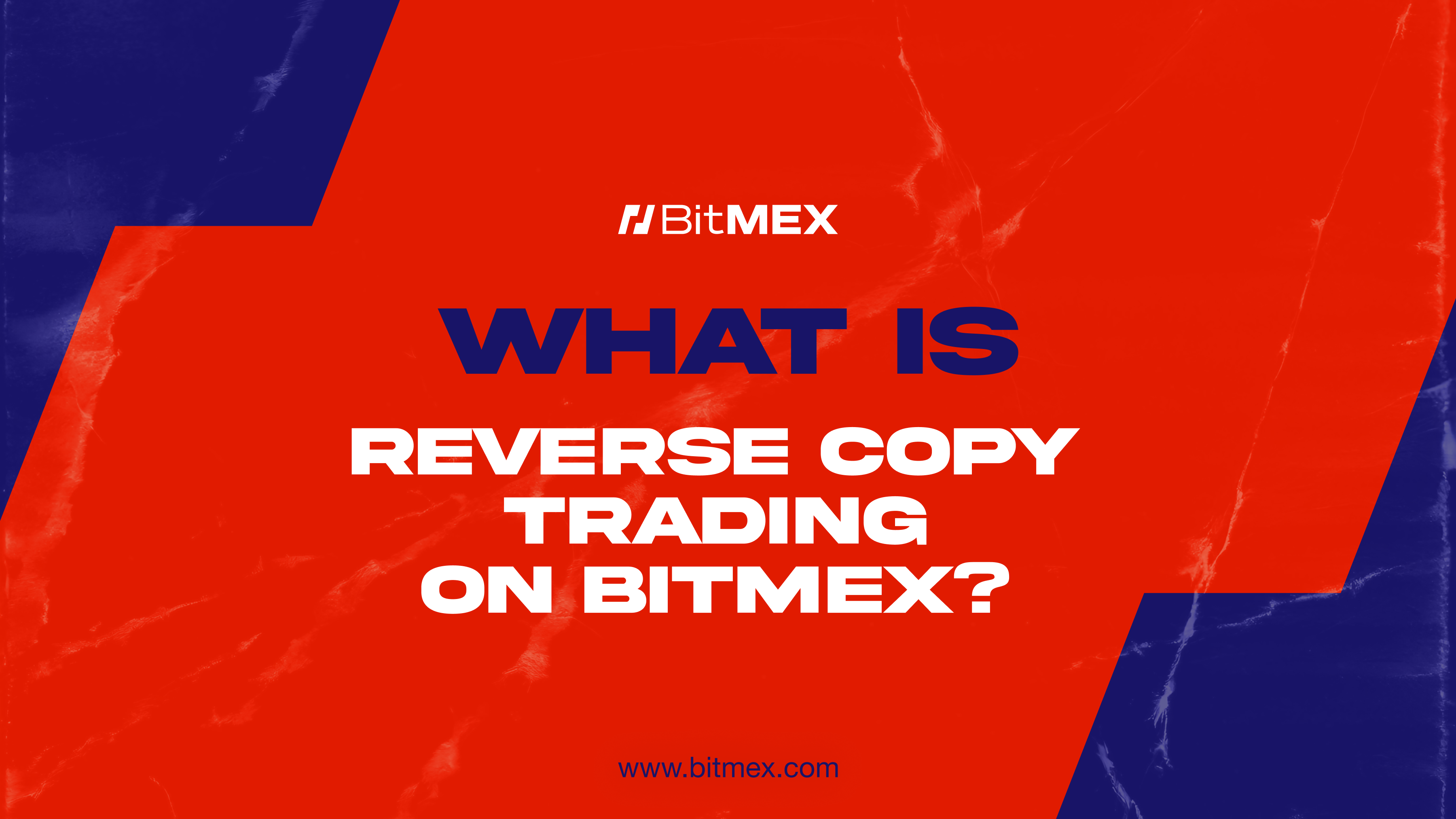 US Dollar decline pushed Bitcoin above $120k bringing Hyper Bitcoinization closer Oluwapelumi Adejumo · 5 mins ago · 3 min read
US Dollar decline pushed Bitcoin above $120k bringing Hyper Bitcoinization closer Oluwapelumi Adejumo · 5 mins ago · 3 min read
Bitcoin's ascent captures the spotlight of global liquidity dynamics amid the weakning US dollars and faltering traditional assets.

Cover art/illustration via CryptoSlate. Image includes combined content which may include AI-generated content.
Bitcoin has surged from $108,000 to over $120,000 in less than a week, extending its aggressive uptrend and hitting new all-time highs on nearly every trading day.
While the US dollar price of Bitcoin keeps soaring, the same momentum has been more muted in other fiat currencies like the euro and British pound.
The divergence is tied to the declining strength of the US dollar. Since January, the dollar has dropped over 10% against the pound and continues to fall against the euro.
This weakening trend has become a focal point for market participants who view it as a broader signal of economic instability and a catalyst for what some are calling a new phase of “bitcoinization.”
Weakening US dollars
Analysts at Kobeissi Letter pointed out that the market is entering “crisis mode,” noting that Bitcoin is now rising in a near-vertical line.
According to the firm, Bitcoin is in uncharted territory as the US rates are climbing, the dollar has fallen by 11% in just six months, and over $1 trillion has been added to crypto’s total market cap in the past three months.
The economic analysis platform further noted that two major turning points have shaped Bitcoin’s performance in 2025: the April 9 pause on US tariffs and the July 1 passage of President Trump’s “Big Beautiful Bill.”
 Bitcoin Price Performance (Source: The Kobeissi Letter)
Bitcoin Price Performance (Source: The Kobeissi Letter)Since the latter, Bitcoin has added more than $15,000 to its price, reinforcing the inverse correlation with the US Dollar Index.
Adding to the bullish narrative, institutional investors appear to be flooding into Bitcoin. BlackRock’s spot Bitcoin ETF, IBIT, has amassed $80 billion in assets under management in just over a year, a milestone that took the top gold ETF more than 15 years to reach.
Capital rotation into Bitcoin
Moreover, as Bitcoin rallies, traditional assets are beginning to lag. The S&P 500, when measured in Bitcoin, is down 15% year-to-date and has declined nearly 99.98% since 2012.
 S&P 500 Priced in Bitcoin (Source: The Kobeissi Letter)
S&P 500 Priced in Bitcoin (Source: The Kobeissi Letter)While some interpret this as a warning for legacy markets, others see it as confirmation that Bitcoin is entering a new phase of dominance that would attract further global liquidity to the asset.
Jamie Coutts, the chief crypto analyst at Real Vision, echoed this sentiment, pointing out that Bitcoin’s 40% rally since April aligns with a breakout in global liquidity after a three-year downtrend.
 Global Liquidity Index (Source: Jamie Coutts)
Global Liquidity Index (Source: Jamie Coutts)According to Coutts, every 1% rise in global liquidity could translate into a 20%+ increase in Bitcoin’s price, a dynamic highlighting the scale of capital rotation into crypto.
He added:
“While this simple model accounts for the continuation of the hoovering of capital from all corners of the globe into Bitcoin, it doesn’t account for the inevitable ‘oh sh#t’ moment of panic buying that is going to happen…eventually. It will be best of times, it will be the worse of times.”



















 English (US) ·
English (US) ·